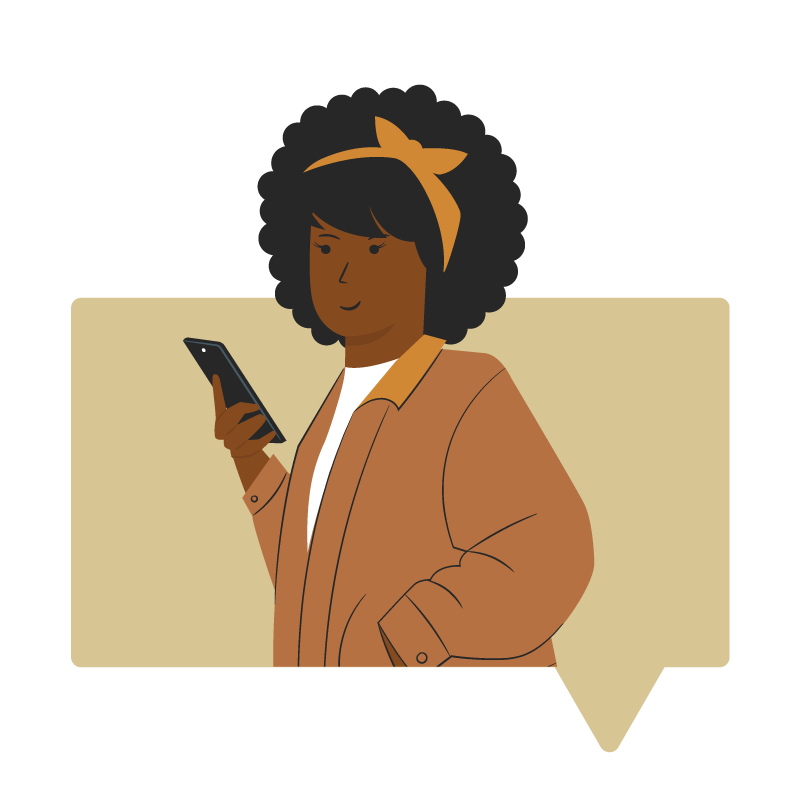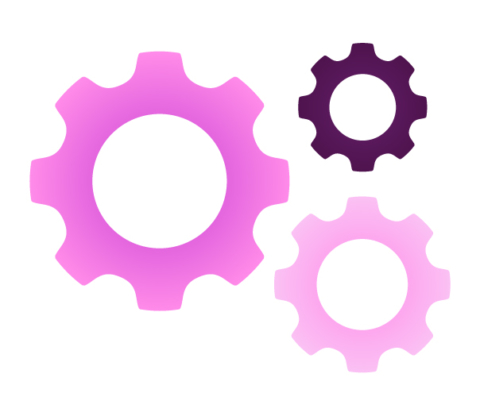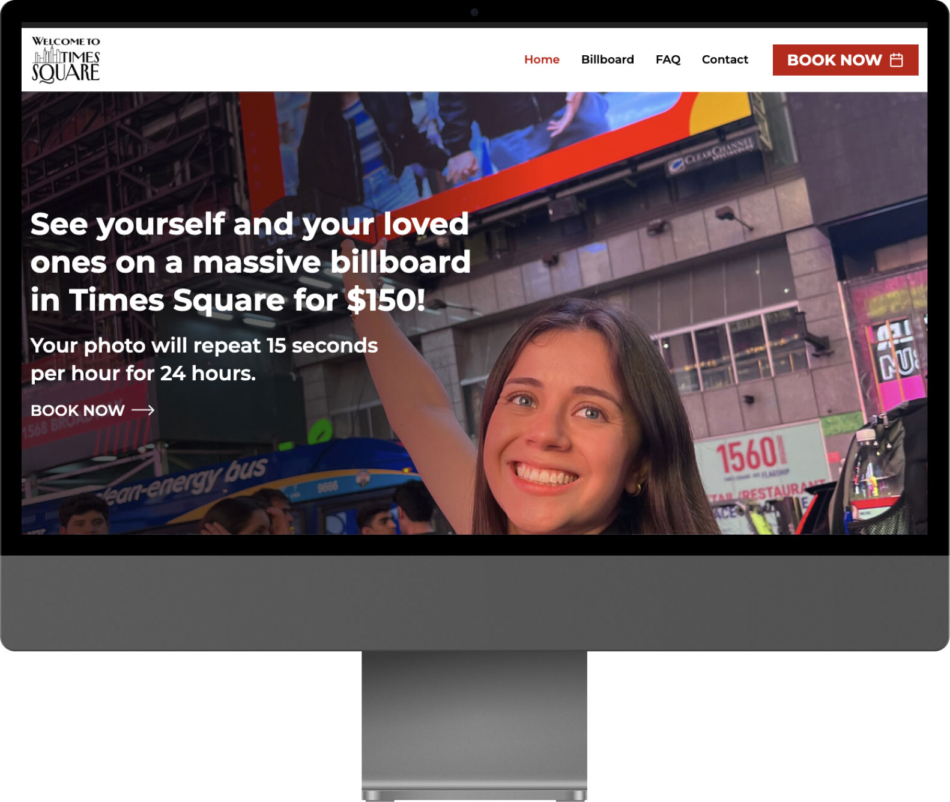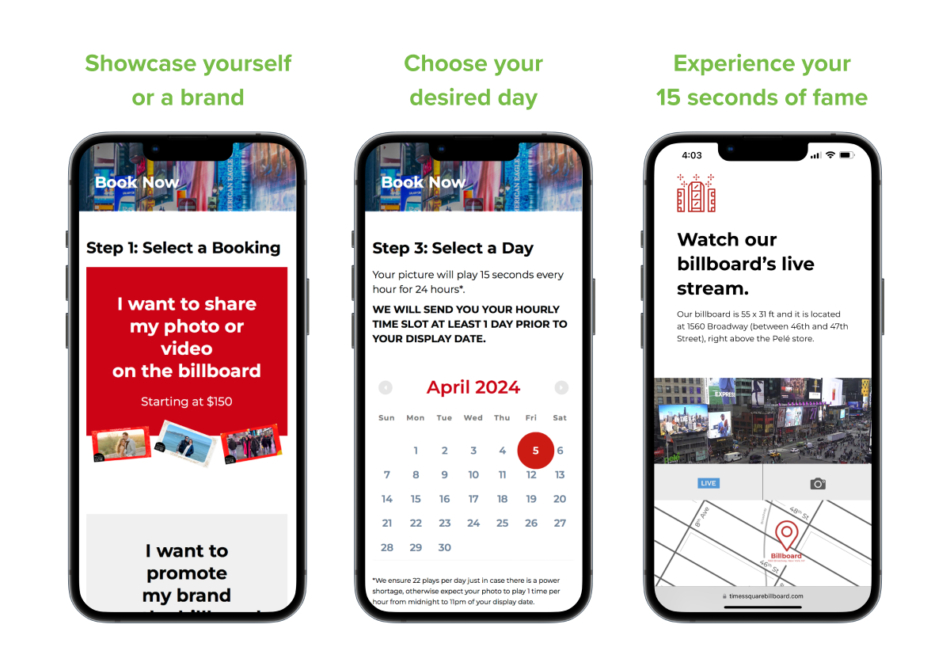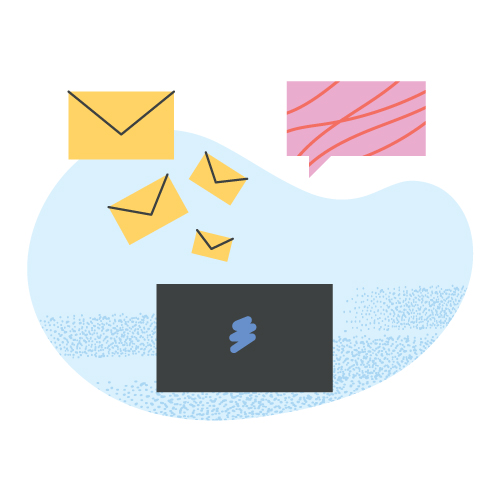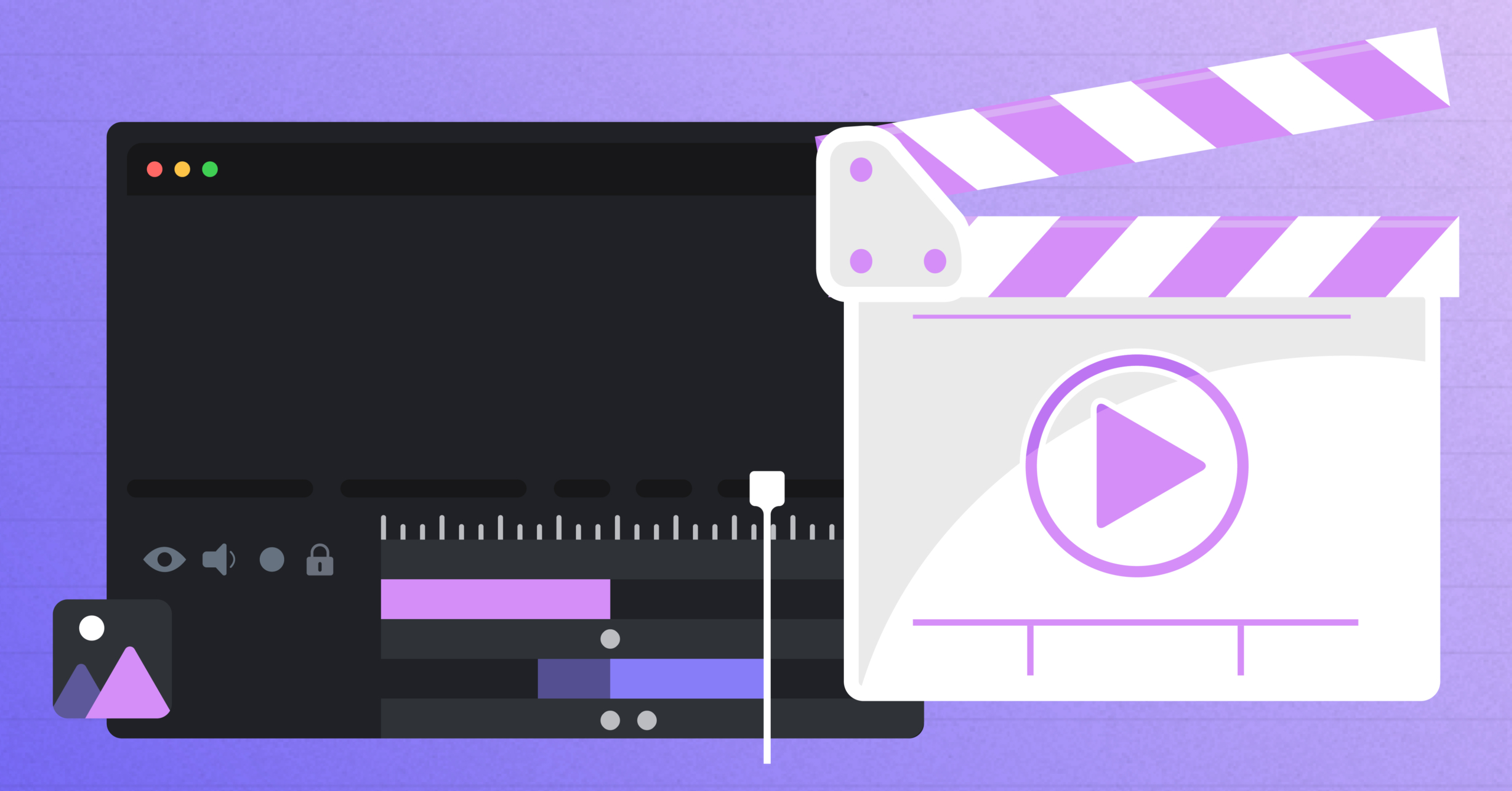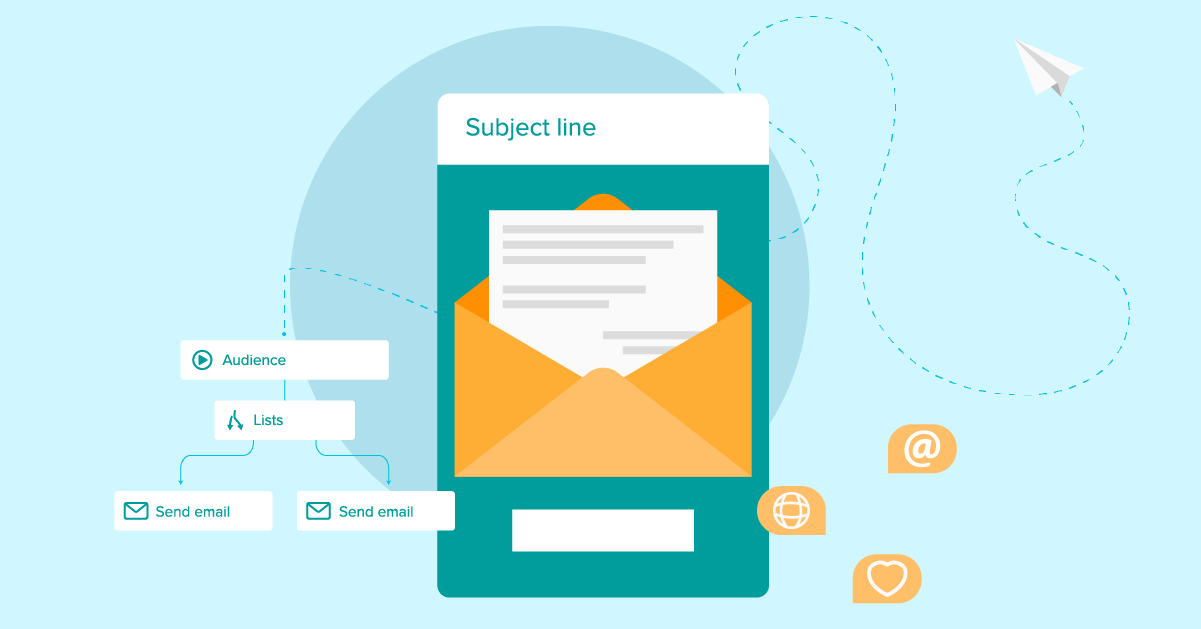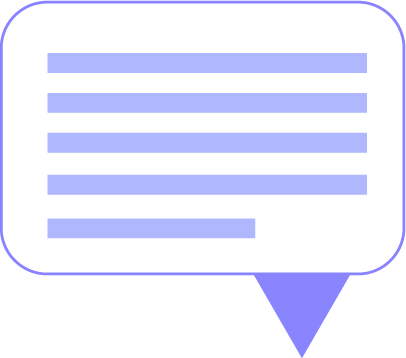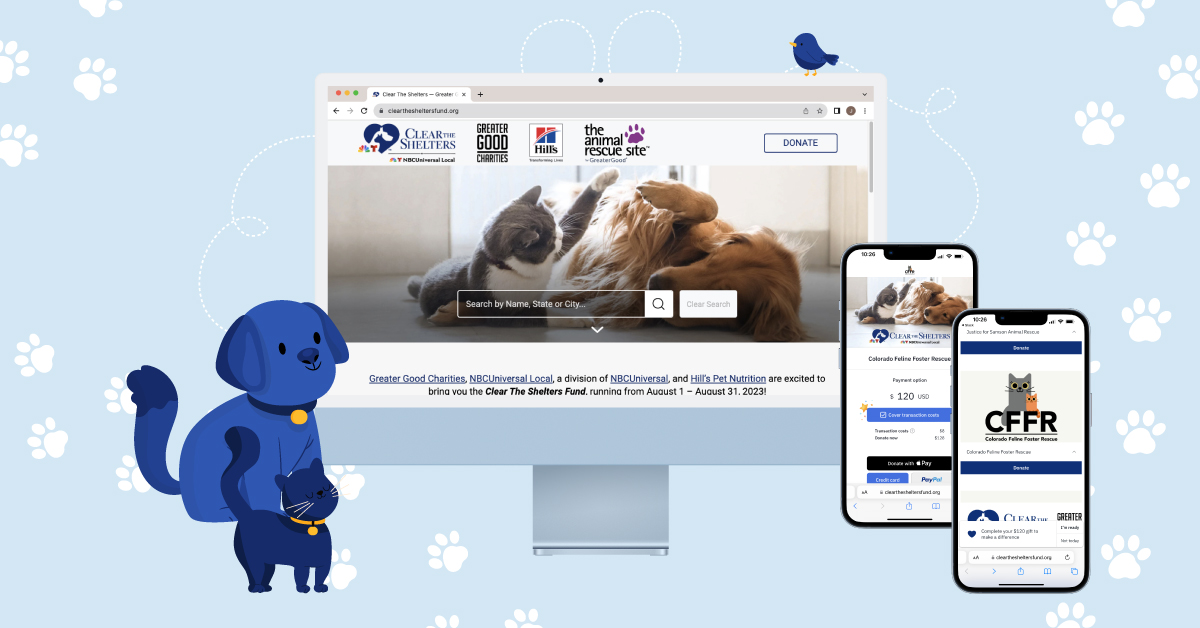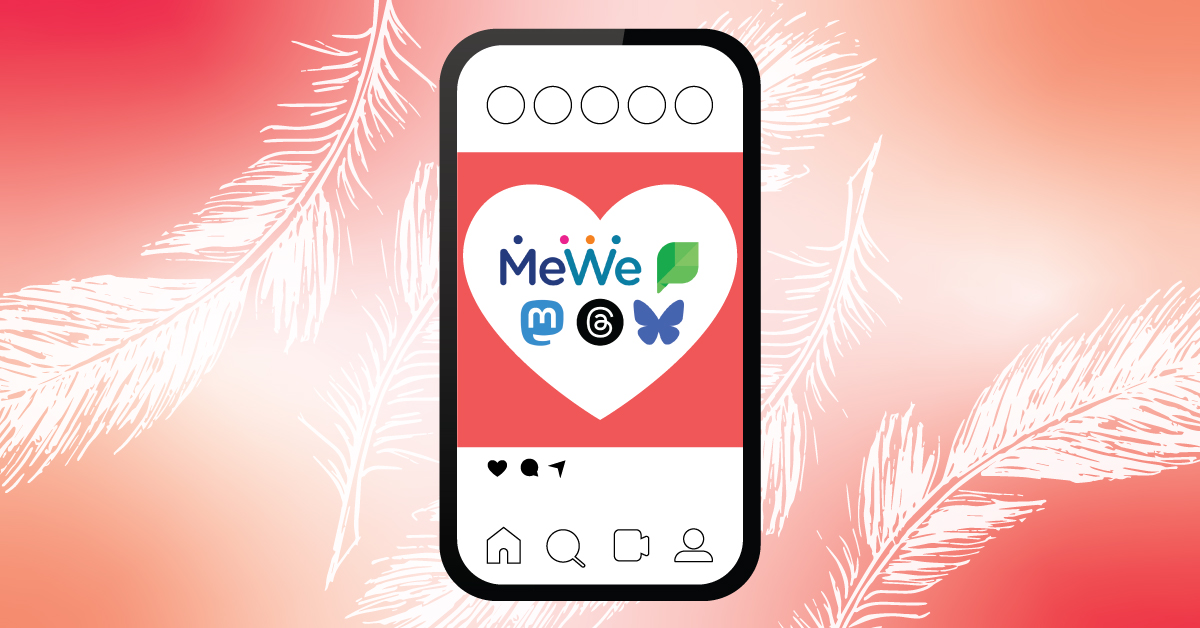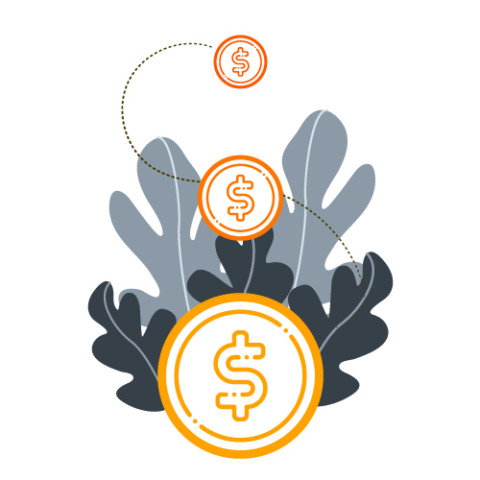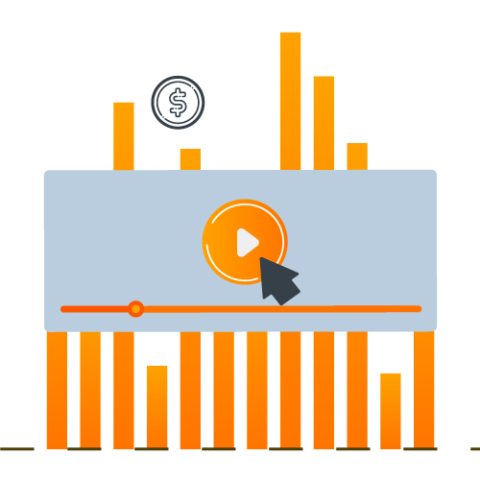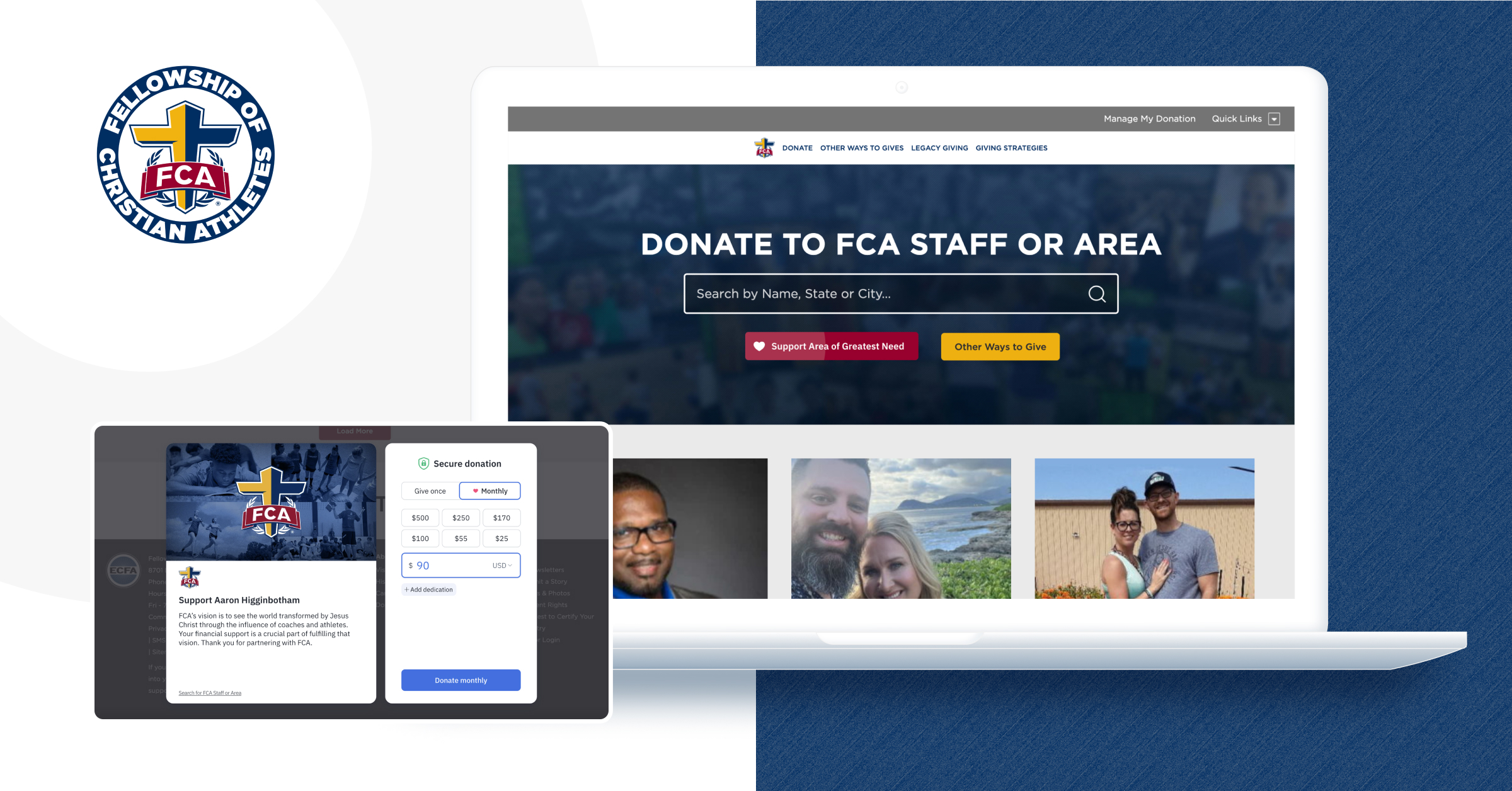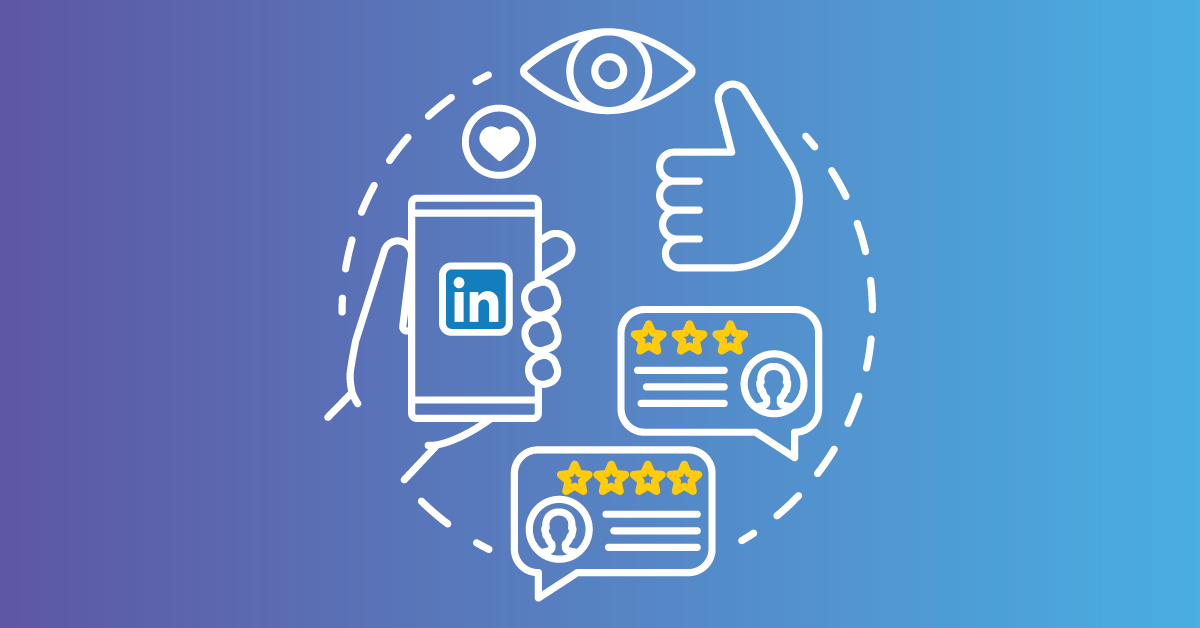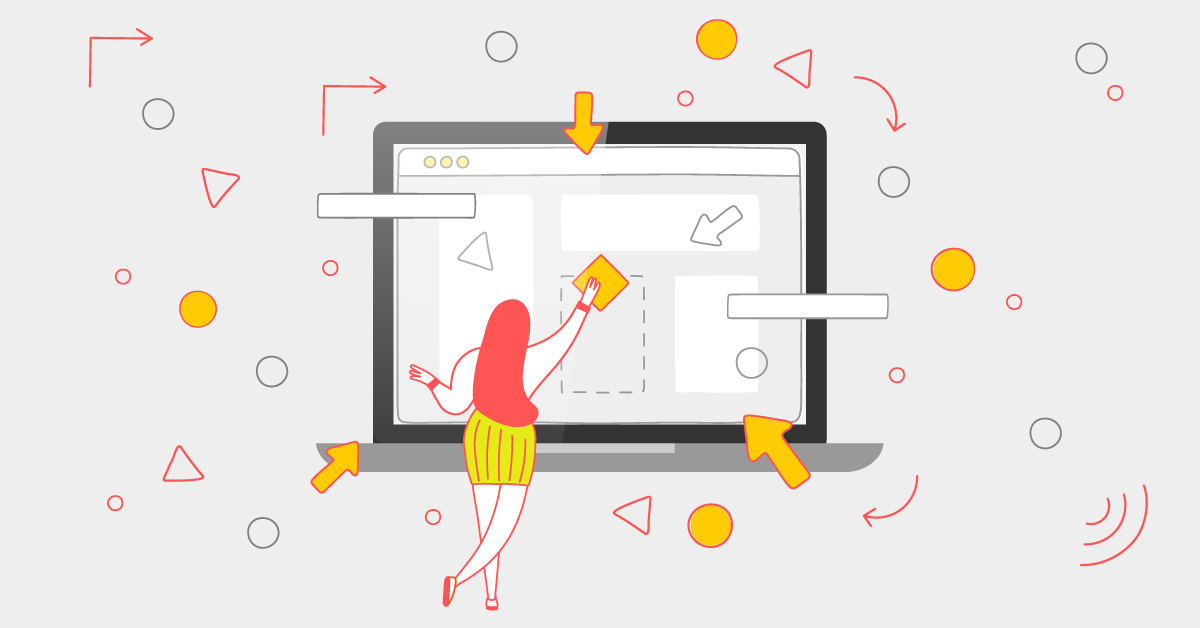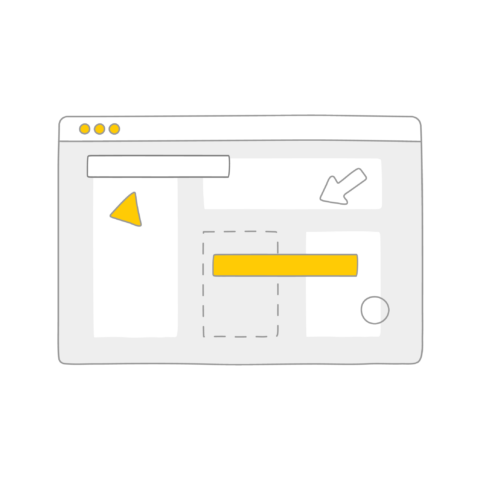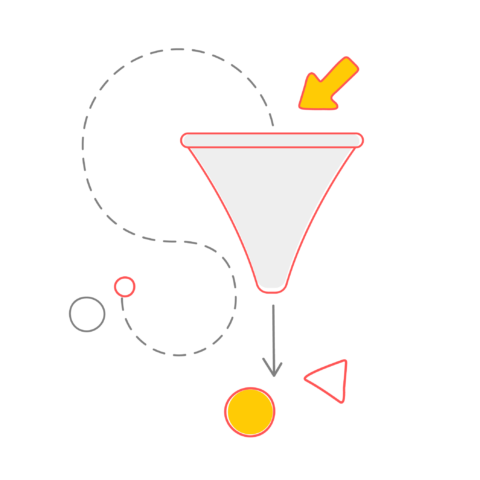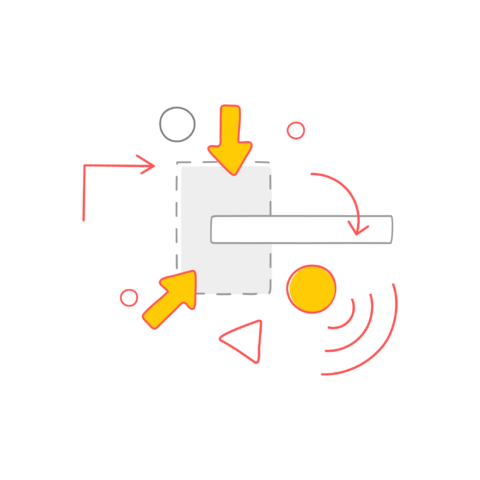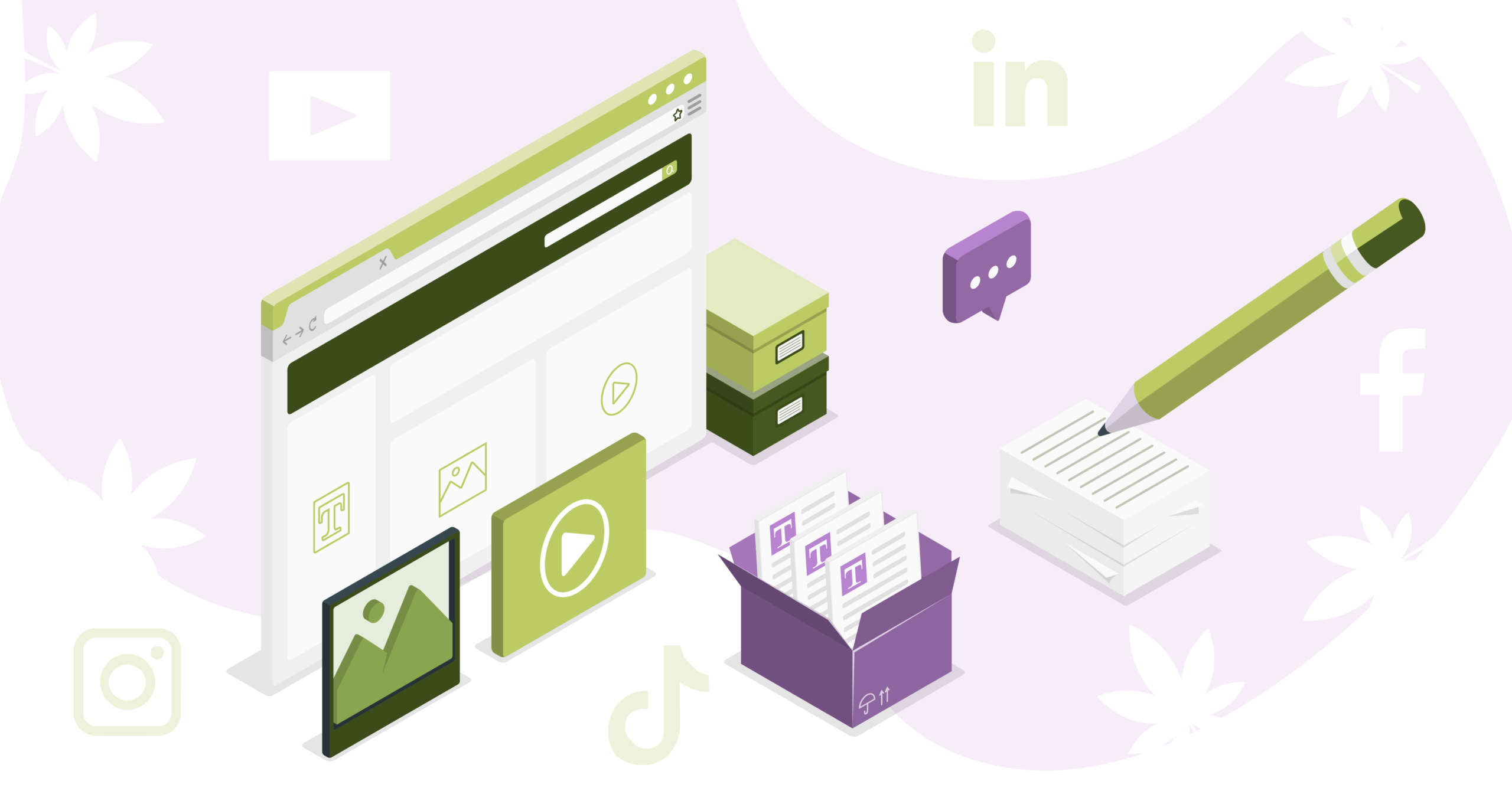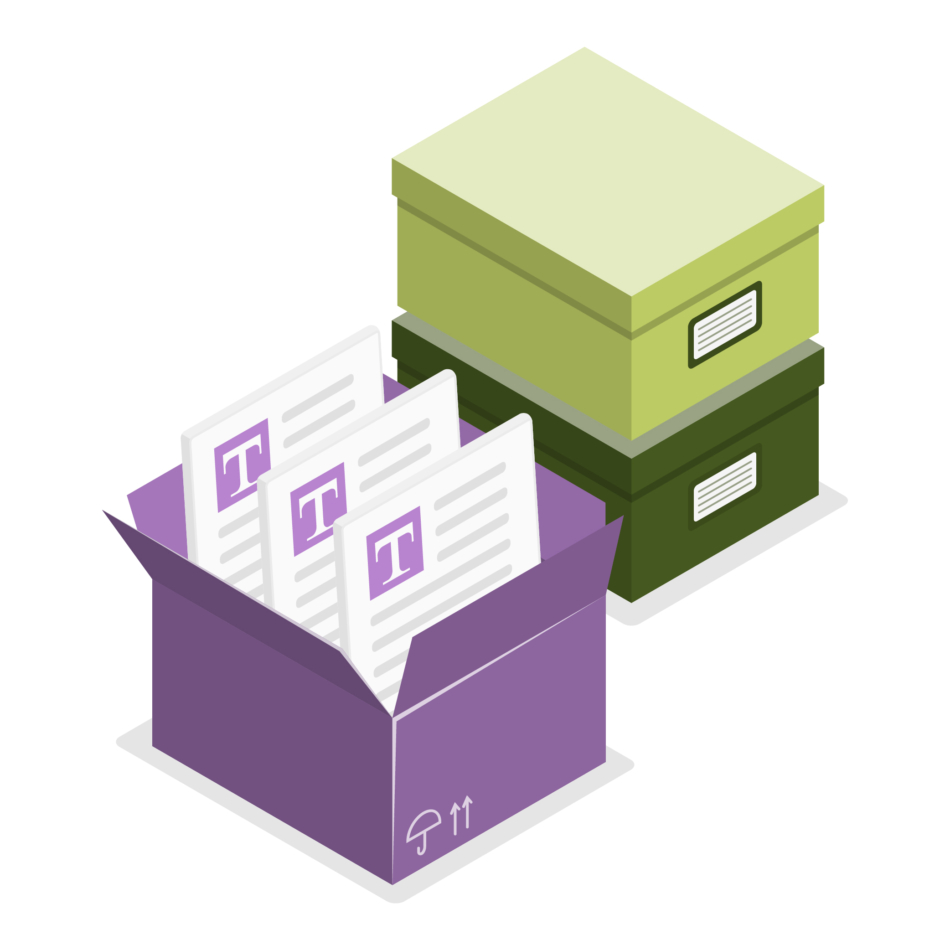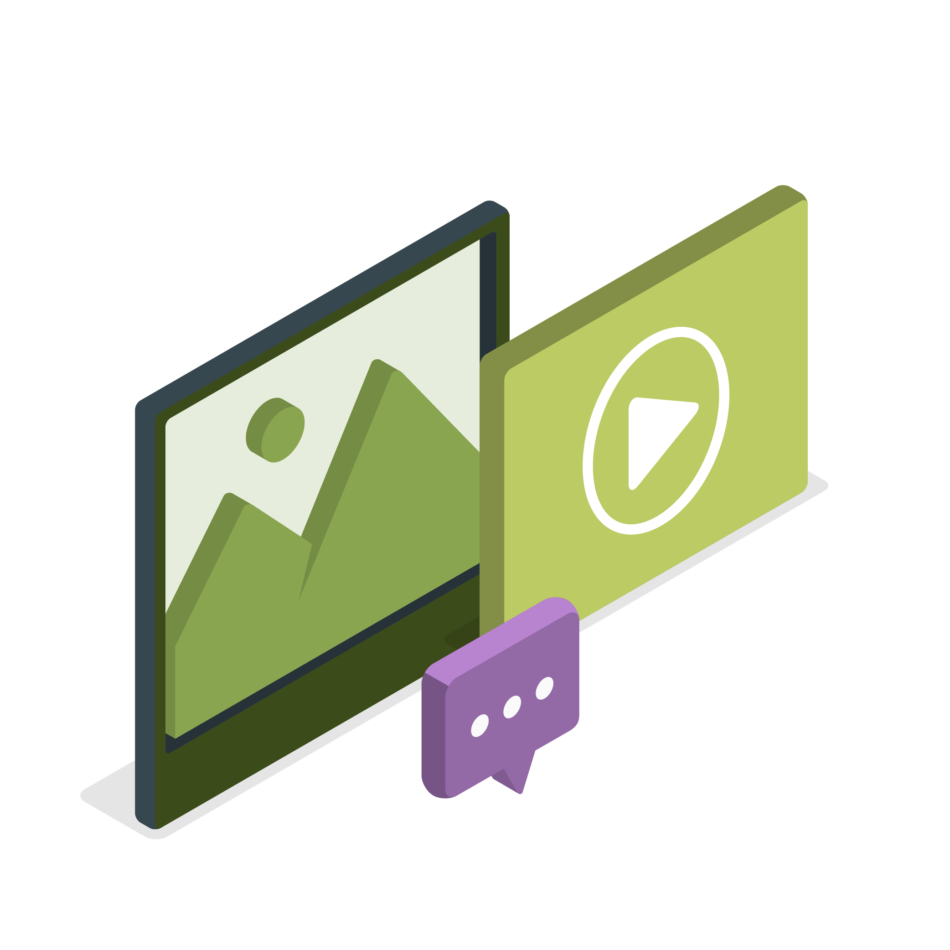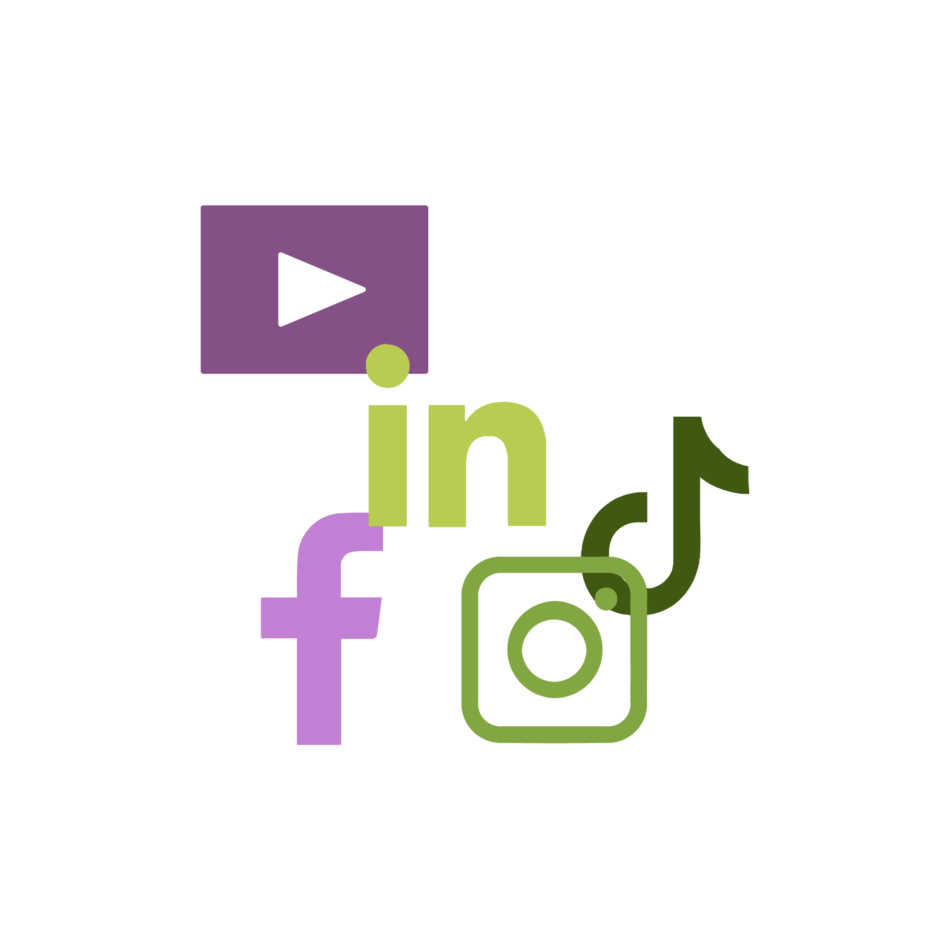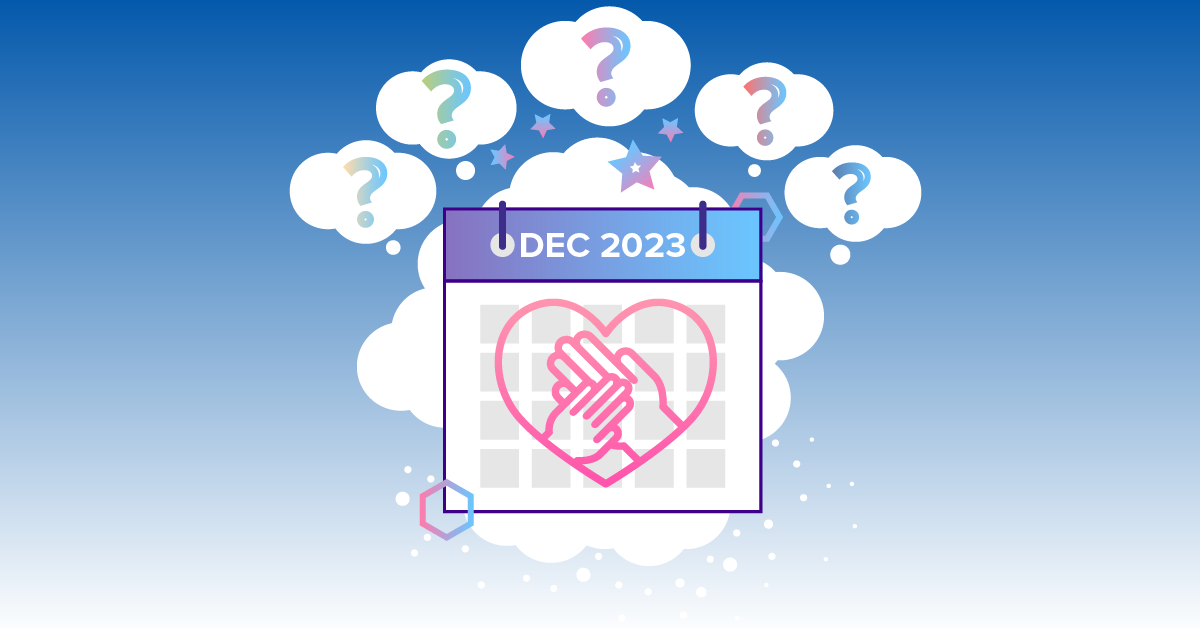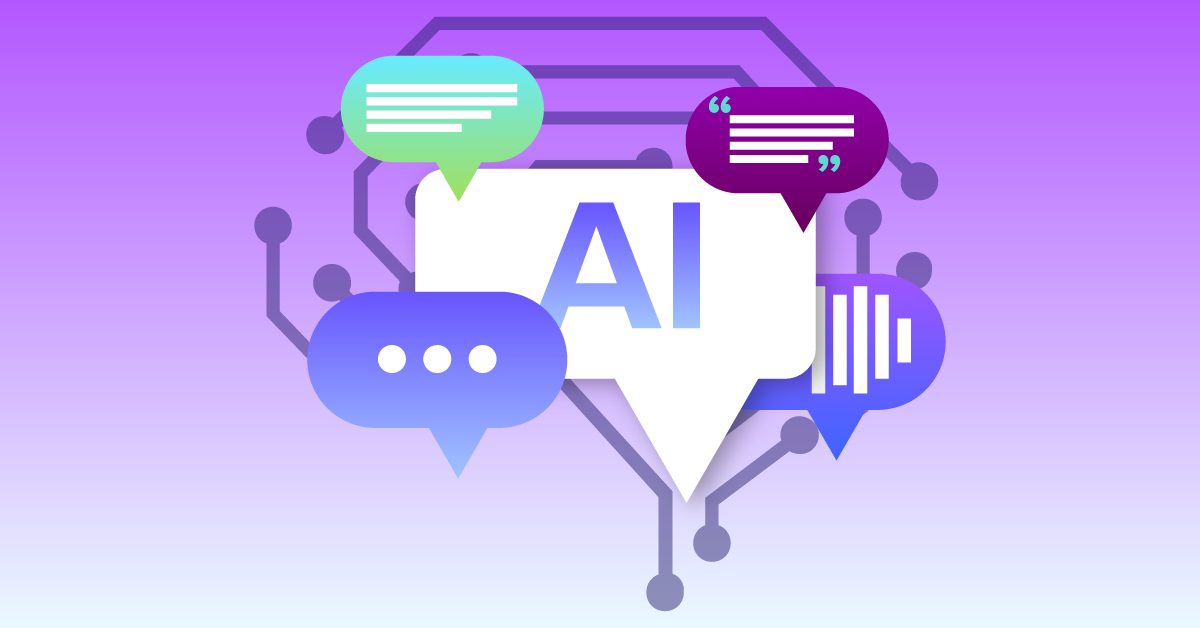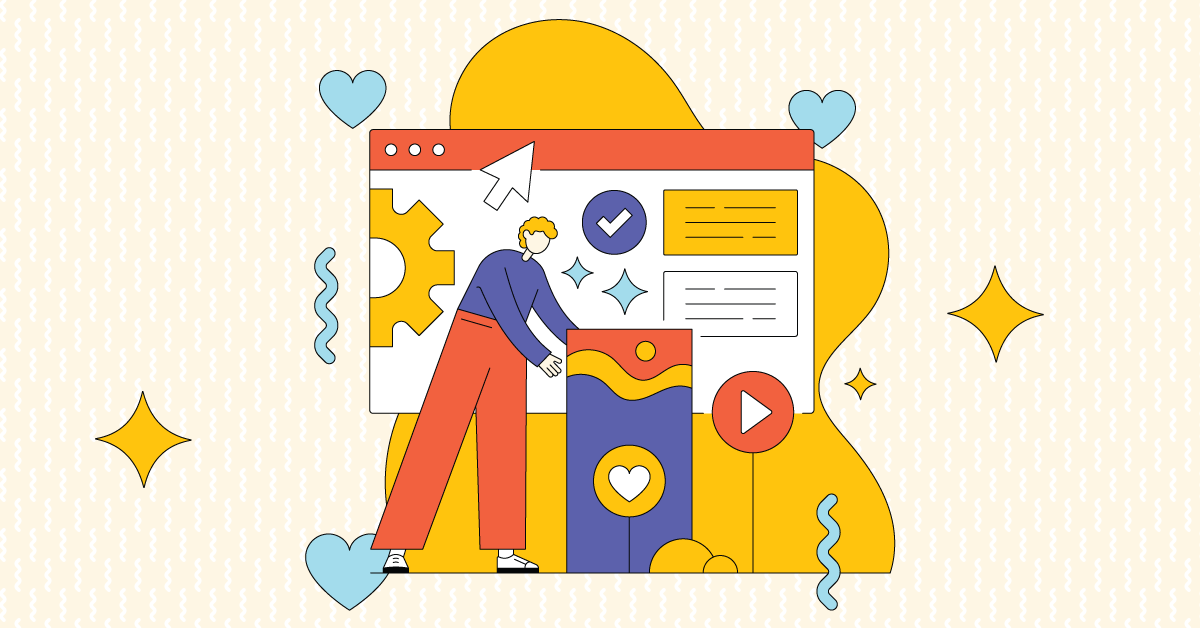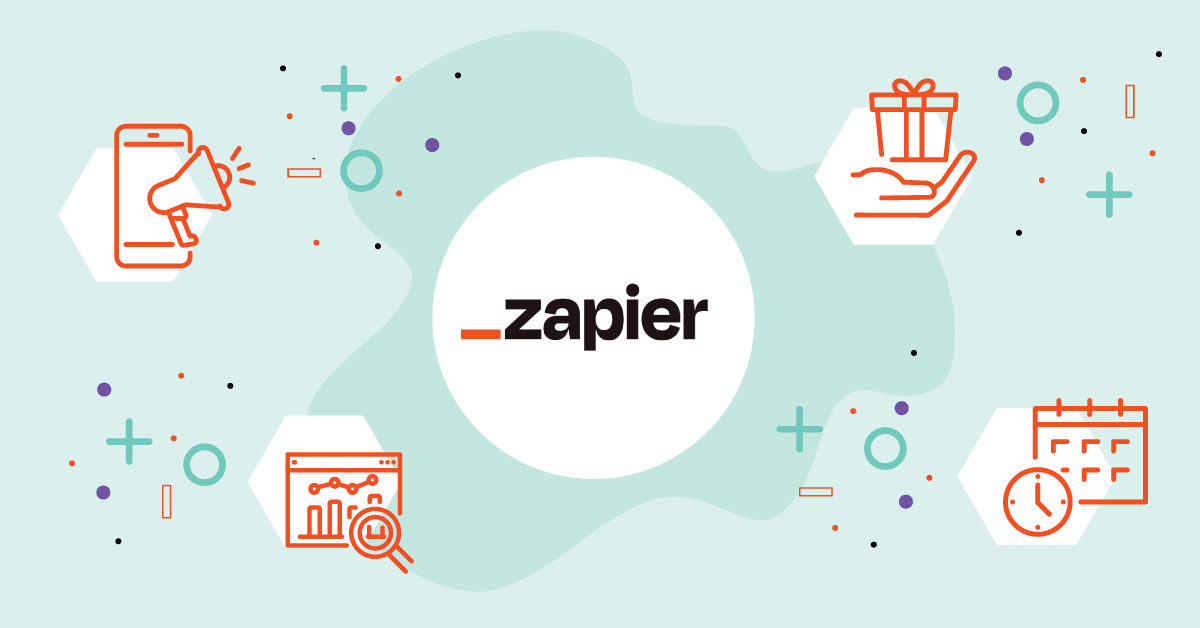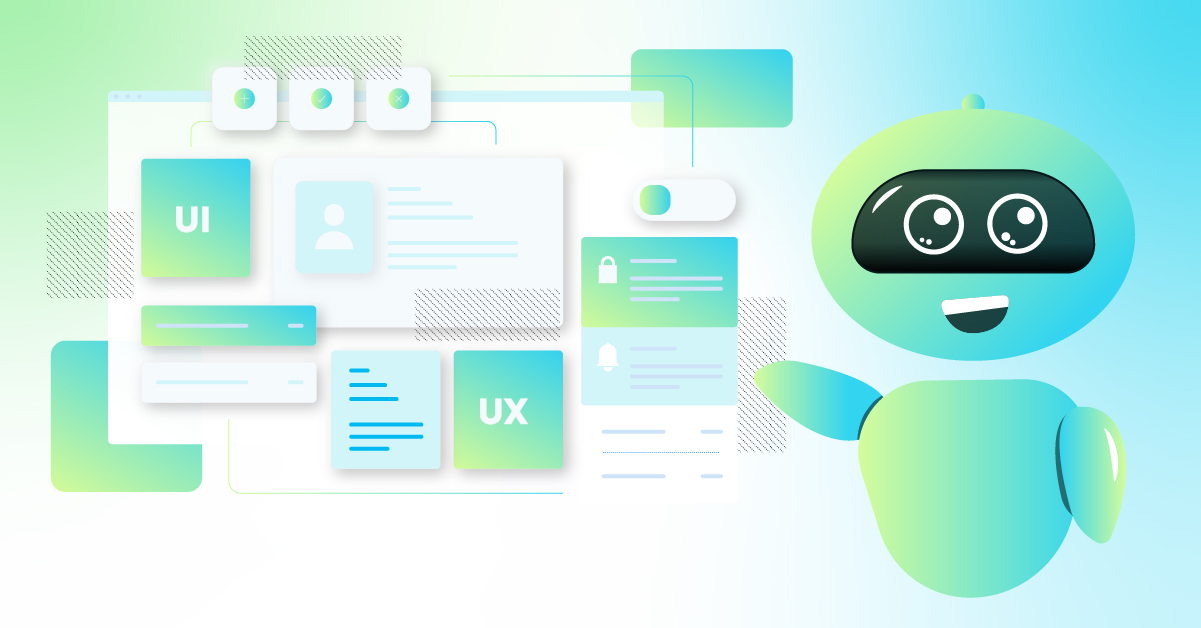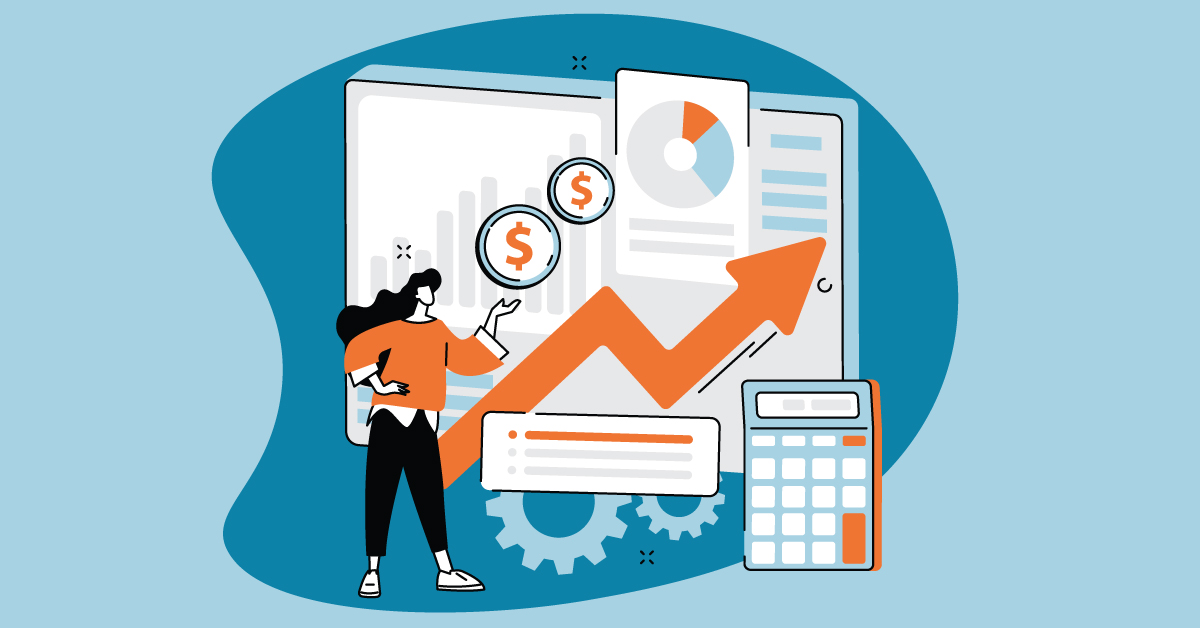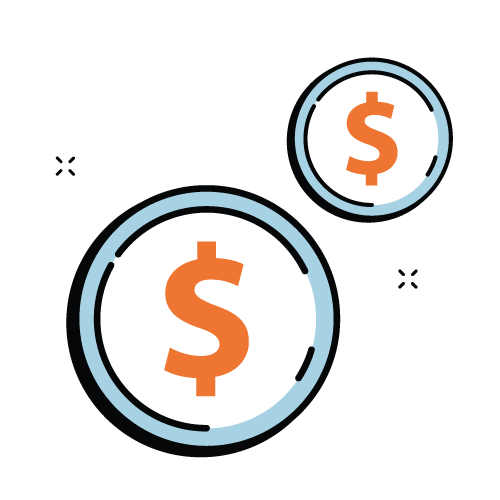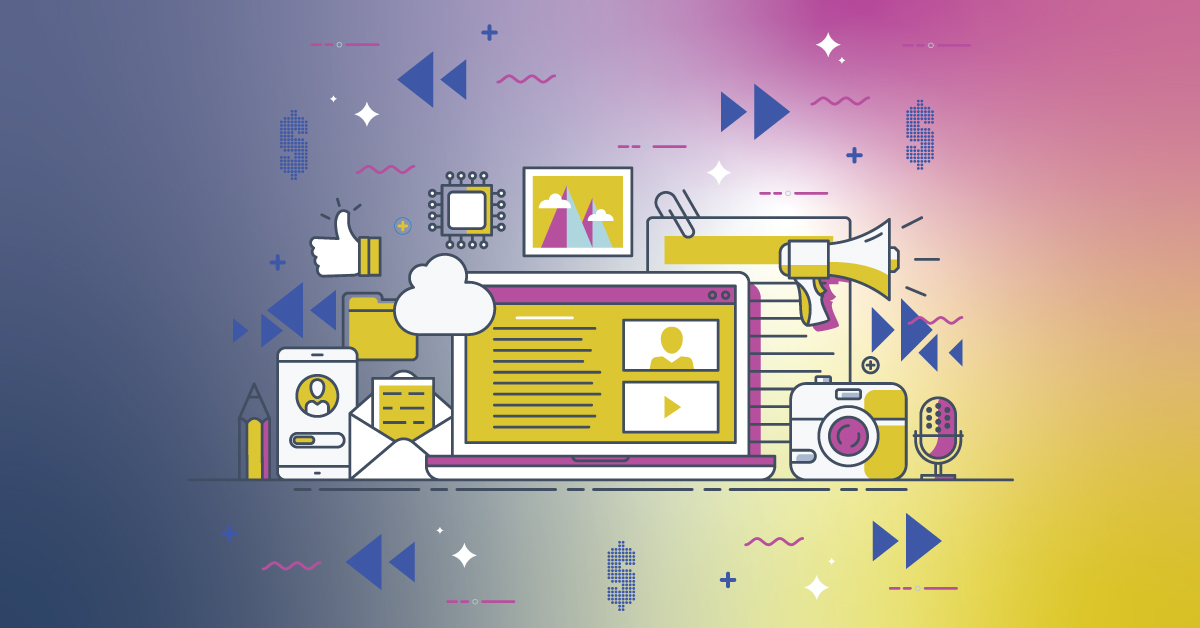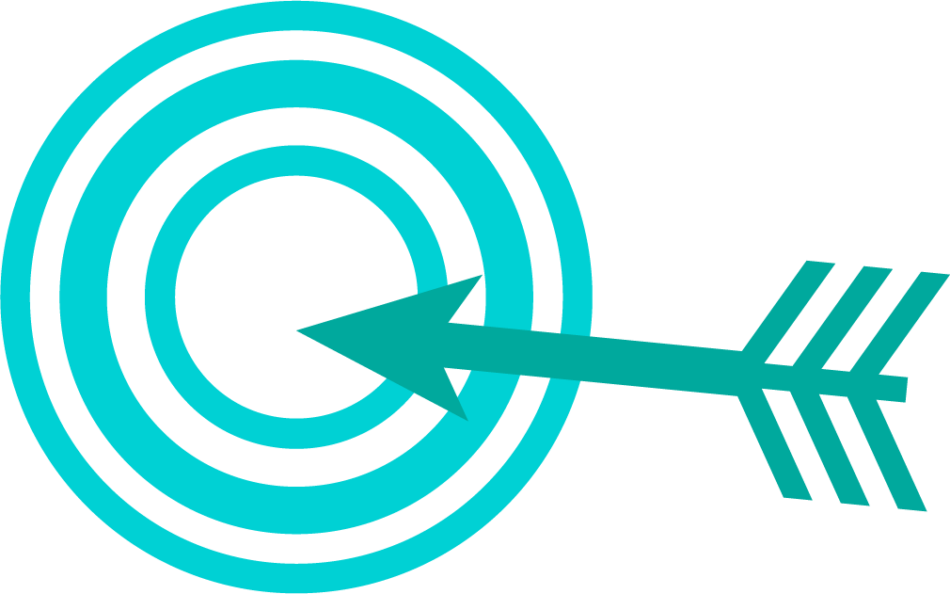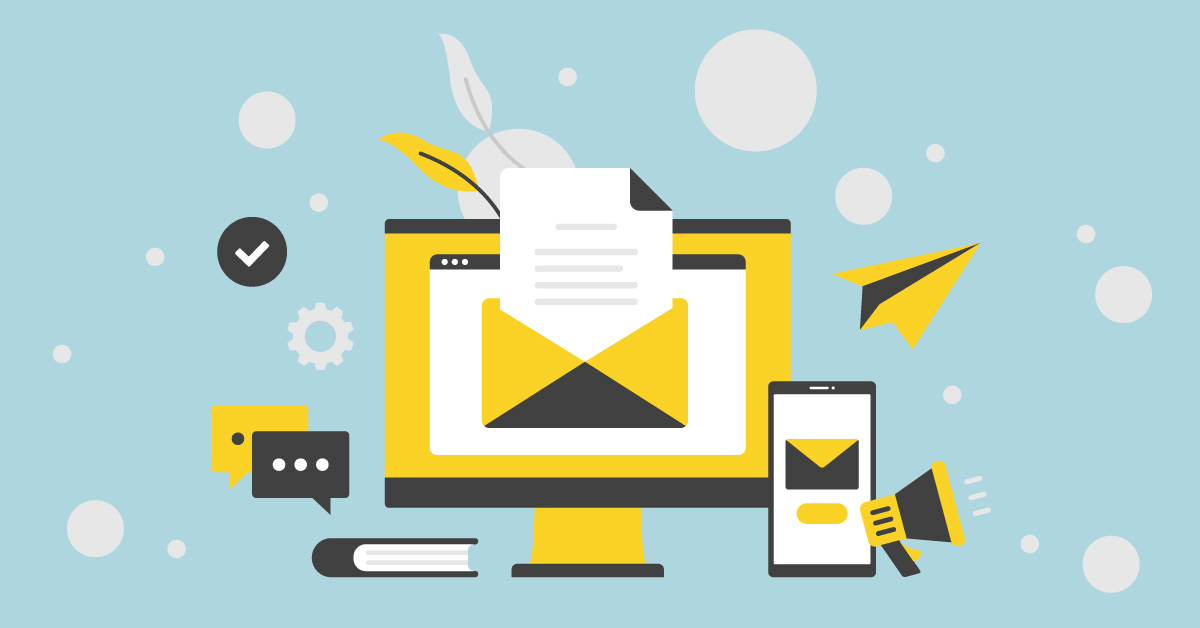With social media marketing, it’s essential to stand out if you want to captivate your audience’s attention. One effective way to do this is through the use of social media animation. This is how you make your content more interesting and ensure that you make social media work for you.
In our latest ultimate guide, we give you a primer on everything you need to know about social media animation. This includes what exactly it is, why you should care (regardless of the kind of organization you work at), as well as some tips on approaching social media animation with a focus on results.
Let’s get started!
Download your PDF version of this guide here.
We all know what social media and social media marketing are. But what exactly do we mean when we use the term “animation” along with it?
Put simply, social media animation refers to the use of animated elements on social media platforms. This is often with a video element. This can include, but is not limited to:
- Standalone videos
- GIFs
- Motion graphics
Assets like these are designed to capture attention and convey information more quickly. They are also used to evoke emotions in a format that is easily consumed and shared across platforms.
Compare this to more static social media elements like pictures. These can still be effective, but are generally less compelling than social media animation.
Let’s first cover why you should consider social media animation. It’s a relevant marketing strategy for most businesses and nonprofits — regardless of the specific industry. Here are five reasons why:
1) Captures Attention
Perhaps the most obvious, social media animation gets peoples’ attention. That’s everything in the marketing environment of today. People are bombarded with the messaging of other organizations. This includes the content people see, all the way to the emails that they receive.
As a result, your audience members have shorter attention spans than ever. The one way to counteract this and get their attention? Stand out with social media animation.
2) Increases Engagement
Animated posts tend to receive higher engagement rates than static content. In fact, according to HubSpot, animated social media content can generate up to three times more engagement on social media.
Need proof? Just look at your own social media usage. Odds are that the content you interact with the most is animated. The result? More likes, comments, and shares, as well as increased reach as a result.
3) Tells Compelling Stories
Storytelling is essential these days. No matter if you are a business or a nonprofit, stories are how you connect with people and get them to take action. An effective story, however, often includes more than the story itself. Format is everything.
One of the reasons to consider social media animation is that it makes storytelling both easier and more effective. Animation allows brands to tell stories in a visually appealing and succinct manner. Through motion, color, and design, animations can convey complex ideas and messages in a way that resonates with viewers. This storytelling aspect builds a deeper connection with your audience over time.
4) Boosts Brand Recall
It’s not enough to get somebody’s attention; you also have to be remembered. This is true regardless of what your aims are. Looking to get more customers? Build your email list? Drive more donations? If people remember and can recall your brand, all of these things become easier.
Still, because there are so many brands competing for attention, being remembered also poses challenges. The solution, put simply, is to be memorable. Social media animation is a great way to do that. That’s because the dynamic nature of animated content leaves a lasting impression on viewers. According to multiple studies, 80% of users can recall a video they watched in the past month. By incorporating animated elements into your social media strategy, you increase the chances of users remembering your brand and message.
5) Drives Conversions
You aren’t using social media just to post interesting videos. Everything has a purpose, and everything can affect your bottom line. This last point is perhaps the most important. The fact is, social media animation drives conversion.
Engaging animations can lead to higher click-through rates and conversions. Whether it’s promoting a product, highlighting a service, or encouraging sign-ups, animations have the power to inspire action.
3 Things to Keep in Mind
Before we dive into specific tips for social media animation, there are three points we suggest you keep in mind. Treat these as overarching principles that apply to everything you do.
1) Not all social media platforms are the same
With social media marketing, the platform you use is your first consideration. Which goals do you have? What industry do you work in? What does your target audience look like, and what is the kind of content that they typically consume? Different social media platforms have their unique strengths, and will be more or less relevant to your organization because of it.
Everybody understands this. However, just like static content, social media animation will differ slightly across each platform. Do you prefer to create videos? Or maybe humorous GIFs are a normal part of your marketing. Different social media platforms have varying requirements for video length, aspect ratios, and file sizes. Familiarize yourself with these specifications to ensure your animations display correctly. Also be sure to read up on best practices.
2) Your social media content should be relevant
So, what do we mean by relevancy? Specifically, social media animation should actually be relevant and applicable to the people consuming it. What does your audience want to see? What are the problems they are trying to solve? Most importantly, how can you combine these two questions to make social media content that is engaging and helpful to your audience?
Relevancy is your guiding light when creating social media animation. This has important implications for how you approach social media animation. For example, let’s say there is a specific trend that is gaining popularity on Instagram. While it might be great for other audiences, is it actually interesting to your own? If not, no need to pursue that trend!
3) Always keep copyrights and licensing in mind
As you make more social media content with animation, you will naturally bring in other elements. This includes using music, images, or animations that make your content more engaging. This is how it should be — anything that makes your content more interesting is usually a good idea.
That said, you need to keep copyright law in mind. Ensure you have the proper rights and licenses to avoid copyright infringement. Otherwise, you are going to experience quite the headache. What does this look like in practice? While it’s always better to create your own material, sometimes you simply don’t have the time. In this case, ensure you are using royalty-free content (or have gotten express permission) in order to stay compliant.
Now that we know how to approach social media animation, let’s dive into some specific tips. One note: we link a variety of resources at the end of this post. This section includes various tools that make animated social media content creation easier.
1) Know Your Audience
Who are the people consuming your content? More specifically, what kind of content do they want to consume? This question should be the guiding light of all you do. It doesn’t matter how wonderful your content is. The truth is, if it’s not what your audience wants, it’s going to fall flat.
Tailor your animations to resonate with your target demographic. Consider their preferences, interests, and pain points when creating your content. For example, is your target audience a bunch of tech-savvy millennials? In that case, you might use trendy designs and humor in your animations
2) Keep it Short And Sweet
Remember that part at the beginning about short attention spans? This is essential to keep in mind. Your audience is scrolling through their feeds quickly. If your social media animation is long or drawn out, you’re going to lose them.
That’s why you should aim for concise content that delivers your message within the first few seconds. Capture attention and get to the point as quickly as you can. For a master of this, check out Mr. Beast’s YouTube channel.
3) Use Eye-Catching Colors and Designs
Like we said in our last tip, it’s essential that you get peoples’ attention. Still, it can be difficult to know how to approach this. That’s why the colors and designs you use in your content are worth considering. Bold and vibrant colors can grab attention, while clean and modern designs enhance the overall appeal of your animations.
Of course, be sure that everything you do actually matches what your audience expects of you. For example, if you are a more serious brand, too much “in your face” style can be more disruptive than anything. Just something to keep in mind. This brings us to our next tip…
4) Maintain Brand Consistency
Interesting visuals are great. Still, the longer people follow your social media accounts, the more they start to expect a certain presentation. This is where brand consistency comes in. People have an expectation of your brand. It’s important, to a certain extent, that you fulfill this expectation.
Use consistent colors, fonts, and design elements across all your animations to reinforce brand identity. Your animations should feel like an extension of your organization, with a cohesive look and feel that users can recognize. Remember — this recognition is key!
5) Test Different Formats
Experiment with various types of animations to see what resonates best with your audience. This will of course vary across organizations, but there are plenty of social media content types to consider.
Do you sell something that is somewhat complicated? Consider explainer videos. How about a product that is mostly visual? A product demo might be more appropriate. What about a nonprofit that is striving to connect more deeply with your donors? In this case, “behind-the-scenes” content might perform best. Whatever it is, pay attention to engagement metrics to see which formats perform the best.
6) Add Subtitles
Many users watch videos on social media with the sound off. That’s because they are at work or other places where “passive scrolling” might be frowned on. Neglect subtitles here and maybe people won’t even bother with your content. Include them, and you ensure that your message is still conveyed effectively — regardless of audio.
An added bonus: subtitles also make your content accessible to users with hearing impairments. This makes your social media animations more inclusive and increases the overall reach of them.
7) Tell a Story
We have already mentioned storytelling a few times, but there’s a reason: it works. Narratives captivate viewers and evoke emotions. A compelling story can leave a lasting impression and make your content more memorable. This is what makes social media such a useful tool — if done right.
As for how you do it right? Consider using characters, plot twists, and resolutions to create engaging stories in your animations. These are all easier said than done, of course. Like anything else, storytelling is a skill that you need to practice. Do it well, though, and stories told through your social media animation can be a force to be reckoned with.
8) Incorporate Calls to Action (CTAs)
If you have followed the first seven tips for social media animation, you are well on your way to success. Your content will be more engaging, exciting, and relevant to your audience. But time for one of the more important questions: what next?
Everything in your marketing plan should have a goal. Guide viewers on what to do next by including clear and compelling CTAs within your animations. Whether it’s encouraging users to visit your website, sign up for a newsletter, or make a purchase, CTAs help drive action and conversions.
9) Optimize for Mobile
Our last tip is all about mobile. The fact is, the majority of social media users access platforms via mobile devices. If you aren’t optimizing for these smaller devices, you aren’t going to be all that successful with your social media plan.
Ensure your animations are optimized for mobile viewing. The text or pictures in your social media animation should be clear and legible. You should also test your animations on different devices and screen sizes. This will ensure they look good and load quickly for everybody in your audience.
Useful Resources
Lastly, we also wanted to include a few tools that you might consider using. Creating social media content with a focus on animation can be difficult, but with the right resources, it doesn’t have to be.
As always, this isn’t an exhaustive list. Think about what your goals are as an organization, how social media fits into that, and the tools that you think might be most useful for social media animation. Once you’ve figured it out, do your own research! That’s the only way to ensure you are using the software that’s right for you.
In the meantime, here is a list that we would recommend.
- Adobe After Effects: A powerful tool for creating motion graphics and visual effects.
- Vyond: A user-friendly platform for creating animated videos without the need for extensive animation skills.
- iStock and Pond5: Offers a vast collection of high-quality stock animations, videos, and images.
- Adobe Stock: Provides a wide selection of stock assets, including animations, illustrations, and photos.
- Create Animated Social Media Posts Coursera course: Learn the fundamentals of motion graphics and how to create engaging animations for social media platforms.
- School of Motion: Offers online courses and tutorials for motion design and animation.
Conclusion
Social media animation can elevate your brand’s online presence and engagement. By following the tips outlined in this Ultimate Guide, you’ll be able to create high-quality animations that capture attention, tell compelling stories, and drive conversions.
We wish you luck in your own journey with animated social media content. Let us know if you ever have any questions!
Download your PDF version of this guide here.


